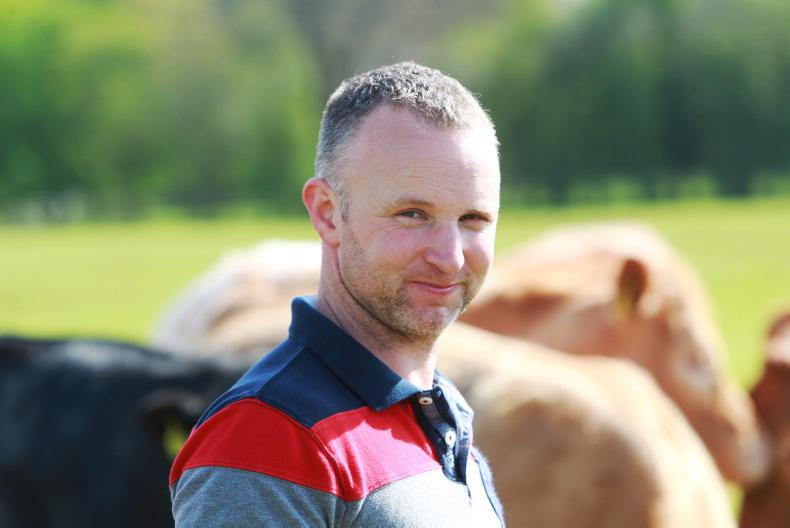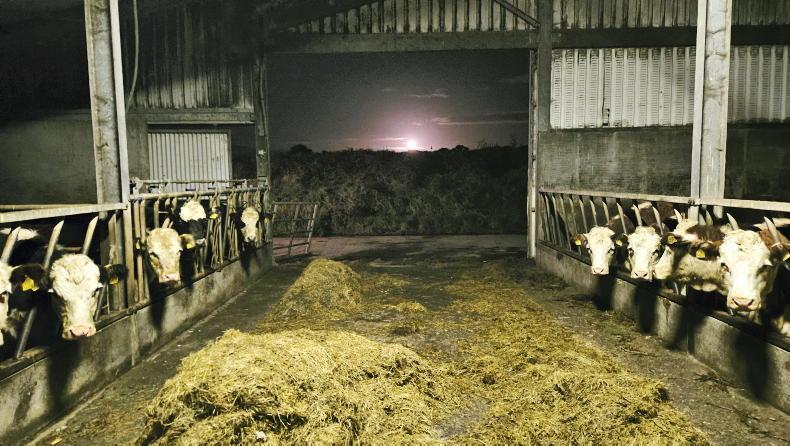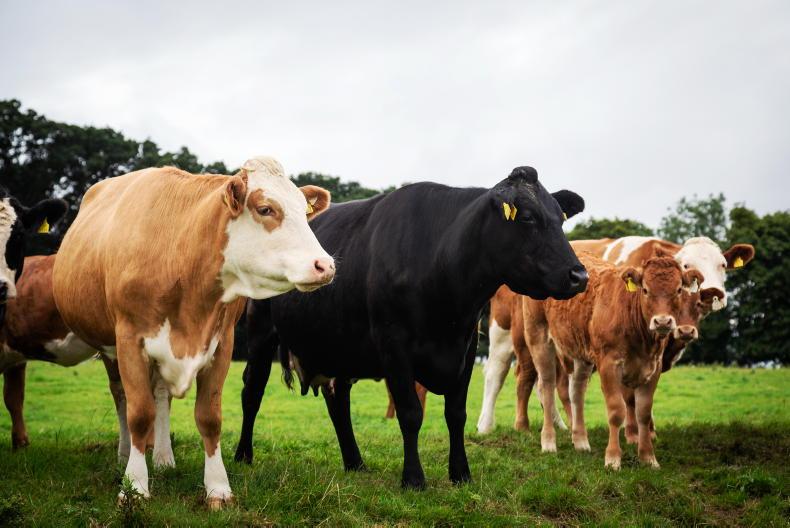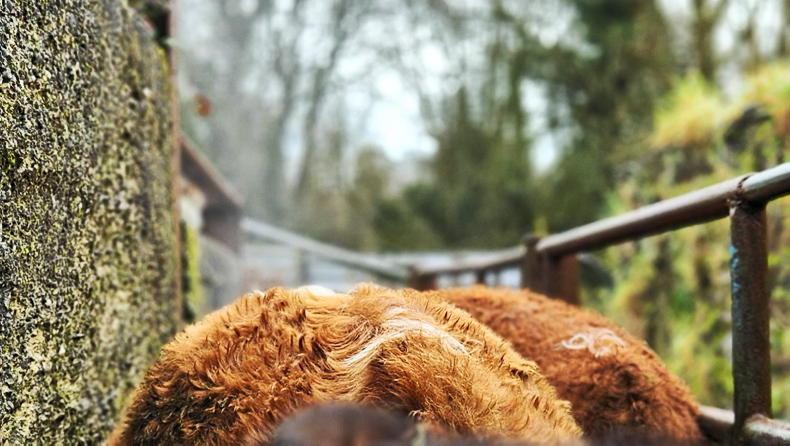What a difference a week makes. The weekend before last, we had blue skies with temperatures in the early 20s; by Friday evening, there was close to 100mm of rain after falling combined with northerly winds.
I was hoping we might get a run of good weather in September but it’s not playing out that way.
There were good covers of grass ahead of cattle but the rain saw them walk a bit more of it into the ground than I’d like. Part of that is my own fault. With rain and wind changing direction, I gave them larger runs in order to have different shelter options as that north wind was a stark contrast to the heat of last week.
Numbers were reduced on the out-farm last Thursday as the bull calves were brought home. It was their first time in the yard since they went to that ground in April and after a wet summer, they’re in good order for their age.
At this rate, I’ll hold off on dosing them until they are housed and even then, it will be subject to their condition and faecal egg count results. Having them home eases both the grass demand where they were and gives more space in the yard for the TB test in a few weeks’ time.
TB testing means uncertainty for that week and beyond it too.
You don’t know what way things will fall with it, so I find it best not to make concrete plans until after it.
The farm is out of your control, as such, for the period between the two test days and that uncertainty is something I hate about the week even more than the hassle of rounding cattle up.
Saying that, it pales in comparison to wondering what way the derogation will actually play out.
It’s safe to say the derogation has been the big talking point in farming circles in these parts and the lack of clarity around it isn’t helping anyone.
The inclusion of “certain areas” in the Commission’s message to the minister offers the possibility of the 250kg organic N/ha derogation remaining, albeit within the aforementioned “certain areas”.
I’m sure clarity would be welcomed by all stakeholders because as it stands it has the potential to get messy
Minister for Agriculture Charlie McConalogue appeared to confirm this in the Oireachtas committee meeting on Friday last. If that’s the case, judging by the red map produced in the Environmental Protection Agency, west Cork looks to be remaining at 250kg N/ha, for now.
That eases the burden in the short term but all the indicators are pointing towards further changes in the long run.
I reckon the upcoming closed slurry spreading season could be the one that has the greatest impact in the areas outside the red zone.
How farmers with land in both red and white areas will be treated will be interesting too.
There’s a lot to work out in a very short timeframe and it’s very difficult to plan when could, might, maybe and hope are words that seem to feature a lot in this debate.
I’m sure clarity would be welcomed by all stakeholders because as it stands it has the potential to get messy.










SHARING OPTIONS